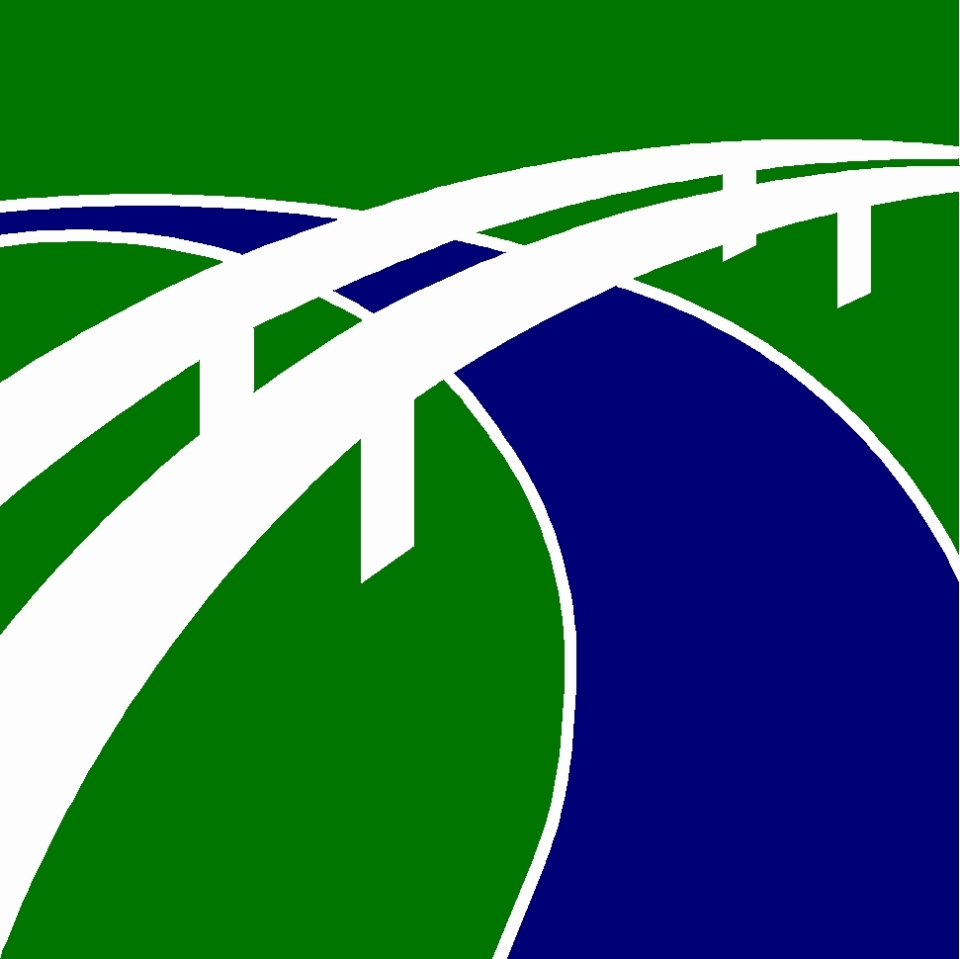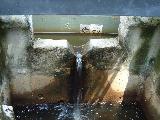Wet detention ponds temporarily hold back, or detain, the first inch of runoff from a site. This type of pond relies on the sun's UV rays to break down stormwater pollutants into a form that wetland plants can absorb naturally. Wet ponds can be well-manicured to serve as a central landscaping feature, or they can also be allowed to grow "wild" to provide a habitat not only for wetland plants, but for wildlife and birds as well. A wet pond that may appear to be "over-grown" is not in violation of its SWFWMD permit as long as it functions properly. A wet pond does not have to look "pretty" to be in compliance with its SWFWMD permit.
Although non-native nuisance plants and trees are not desirable, their presence is not a violation of your SWFWMD permit and they do not have to be removed.
How To Recognize: Look at the outfall structure. If it has one of the features pictured on the right (orifice or V-notch) and about a third of the pond is shallow or covered with vegetation (or recruiting vegetation if the pond is newly constructed), there's a good chance the facility is a wet detention pond.
How They Work: Wet detention ponds are designed to detain stormwater for several days while pollutant-laden sediments settle to the pond bottom. Additionally, sunlight and oxygen break down greases and oils. Vegetation in the shallow littoral zone (the shallow zone created near the pond outfall structure that is designed to be vegetated) helps treat water through nutrient and heavy metal uptake.
Why They Fail: After some years of use, wet detention ponds may fail. The control structure may become clogged with vegetation and sediment. Vegetation and sediment may accumulate in the pond, reducing the pond's ability to store stormwater.
Maintenance Suggestions:
1. All sodded side slopes and berms should be maintained by the procedure outlined on the page titled "Ditches and Swales". Inflow structures should be maintained by the procedures outlined on the page titled “General Maintenance.”
2. Maintain, rather than remove, wetland vegetation that becomes established in the littoral zone. Do not cut, mow, use herbicide, or grass carp to remove any of the vegetation in the littoral zone without prior approval from SWFWMD. Refer to the conditions of the permit and construction notes for any further instructions.
3. On a monthly or quarterly basis, and after severe rainfall events, check the area in front of the outfall control structure for built-up sediments, vegetation, trash and debris that impair the operation of the structure. Remove sediment, vegetation, trash and debris to an approved disposal site.
4. When littoral zone vegetation and sediment accumulate to such an extent that water depth decreases, the littoral zone may need to be regraded and revegetated. When it appears that a pond has reached this state, it is best to contact a SWFWMD representative prior to large scale maintenance.
When wet detention pond littoral zones are intentionally planted for aesthetic purposes, or to offset wetlands’ impacts, removal of weedy or exotic vegetation may be required and accompanied by replanting of desirable vegetation. Check with your local SWFWMD service office to determine specific requirements.
* The information on this page below the gray line is quoted from SWFWMD's pamphlet, "How to Operate & Maintain Your Stormwater Management System", VISKH0003 (8/03). Use this link to download a PDF of the complete pamphlet from SWFWMD's website: https://www.swfwmd.state.fl.us/media/755 .




